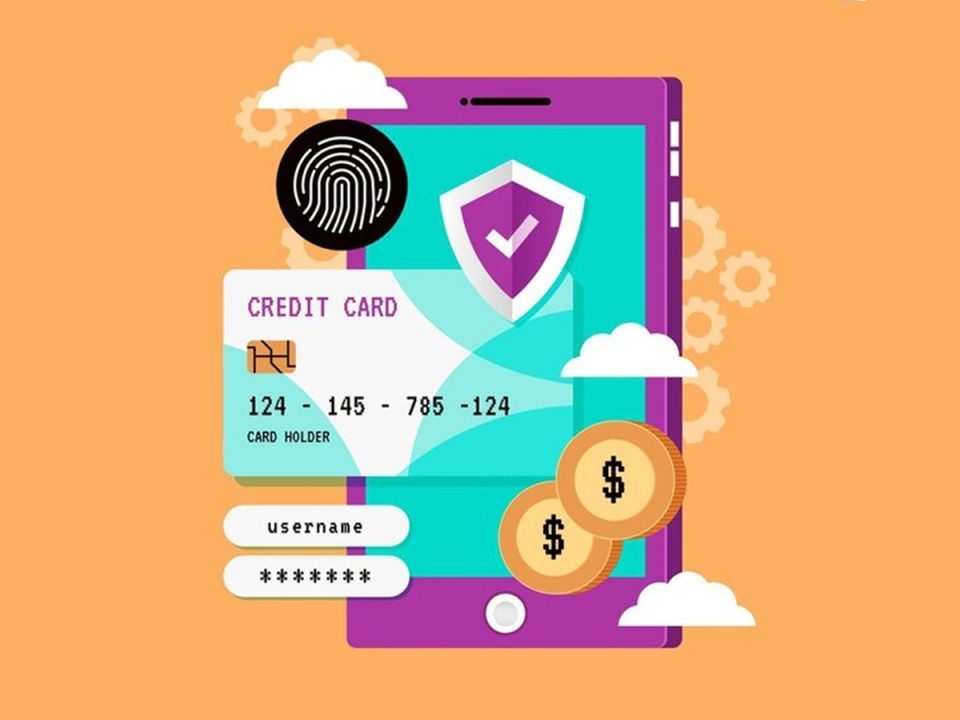Mobile banking has transformed the way users interact with financial institutions, offering convenience and accessibility like never before. A cornerstone of this transformation is user-centric design, a design philosophy that prioritizes the needs, behaviors, and expectations of users. Mobile banking apps have become indispensable tools, and their success largely depends on their ability to provide seamless, intuitive, and secure experiences.
Understanding User-Centric Design
User-centric design, also known as human-centered design, is a process that places the user at the heart of product development. In mobile banking, this means designing apps that cater to a diverse audience—ranging from tech-savvy millennials to older generations who may not be as comfortable with digital tools. The goal is to create a user experience (UX) that is intuitive, accessible, and efficient, ensuring that users can perform tasks like transferring funds, paying bills, and checking account balances without frustration.
The Role of Research in User-Centric Design
Creating a mobile banking app that resonates with users requires thorough research. Understanding user behavior, preferences, and pain points is critical. For example, some users prioritize security and privacy above all, while others value speed and ease of use. Financial institutions often use surveys, focus groups, and usability testing to gather insights into these preferences.
Additionally, user personas—a representation of typical users—are created to guide the design process. These personas help designers anticipate how different demographics will interact with the app, ensuring that the final product meets the needs of a broad user base.
Key Principles of User-Centric Design in Mobile Banking
Simplicity: A cluttered interface can overwhelm users, particularly in an app as essential as mobile banking. Simplicity in design ensures that users can navigate the app with ease. For example, a well-organized dashboard displaying critical information like account balances, recent transactions, and shortcuts to frequently used features can enhance usability.
- Accessibility: Mobile banking apps must be inclusive, catering to users with varying abilities. Features like voice commands, screen readers, and adjustable text sizes are essential for creating an accessible app. Compliance with accessibility standards such as WCAG (Web Content Accessibility Guidelines) is also crucial.
- Security and Trust: Security is a top concern in mobile banking. User-centric design addresses this by incorporating robust authentication methods like biometrics (fingerprint or facial recognition) and multi-factor authentication (MFA). Additionally, apps should provide clear feedback on security actions, such as confirming a successful login or alerting users about suspicious activity.
- Personalization: Customization enhances the user experience by allowing users to tailor the app to their preferences. For instance, users might want to set reminders for bill payments or organize accounts based on priority. Personalized features make the app feel more relevant and engaging.
- Consistency: A consistent design ensures that users can predict how the app will behave, reducing the learning curve. For example, similar icons and navigation patterns across different sections of the app help users feel more confident and in control.
Read More: Keeping up with AI in Accounting: 5 Crucial Skills to Learn
Challenges in Implementing User-Centric Design
Despite its benefits, adopting user-centric design in mobile banking apps comes with challenges.
- Balancing Simplicity and Functionality: While simplicity is essential, mobile banking apps must also offer a wide range of features. Striking a balance between simplicity and functionality is a persistent challenge.
- Evolving User Expectations: As technology advances, so do user expectations. Apps must continuously evolve to incorporate new features and trends, such as voice-based navigation or AI-driven insights, without alienating existing users.
- Regulatory Compliance: Financial institutions operate within strict regulatory frameworks. Designers must ensure that user-centric features comply with these regulations, which can sometimes limit creative freedom.
Benefits of User-Centric Design
When done right, user-centric design offers numerous benefits to both users and financial institutions.
- Enhanced User Satisfaction: A well-designed app reduces frustration and increases user satisfaction, leading to higher customer retention rates.
- Increased Adoption Rates: Intuitive and accessible design encourages more users to adopt mobile banking, particularly among demographics that might be hesitant to embrace digital tools.
- Competitive Advantage: In a crowded market, user-centric design can differentiate an app from its competitors, making it a preferred choice for users.
- Improved Brand Loyalty: A positive user experience fosters trust and loyalty, encouraging users to stay with the financial institution for their banking needs.
The Future of Mobile Banking Apps
As mobile banking continues to evolve, user-centric design will remain a key driver of innovation. Emerging technologies like artificial intelligence, blockchain, and augmented reality are poised to enhance the mobile banking experience further. For instance, AI-powered chatbots can provide personalized financial advice, while blockchain can offer unparalleled security for transactions.
To stay ahead, financial institutions must embrace a culture of continuous improvement, leveraging user feedback and data analytics to refine their apps. By doing so, they can ensure that their mobile banking solutions remain relevant and user-friendly in a rapidly changing digital landscape.
User-centric design is more than a buzzword in the realm of mobile banking; it is a necessity. Focusing on user needs and expectations enables financial institutions to develop mobile banking apps that are both practical and enjoyable.
Read More: Global Fintech Series Interview with Frank Pagano, Executive Sales Director at VizyPay
[To share your insights with us, please write to psen@itechseries.com ]
